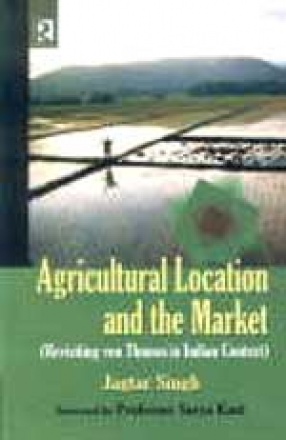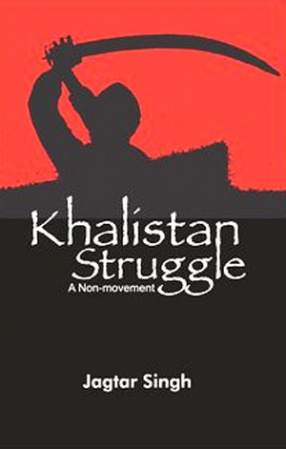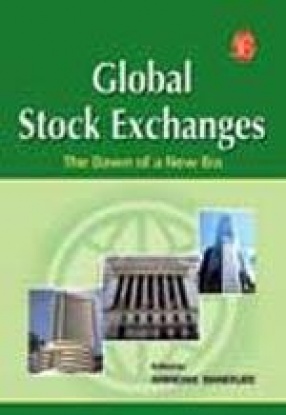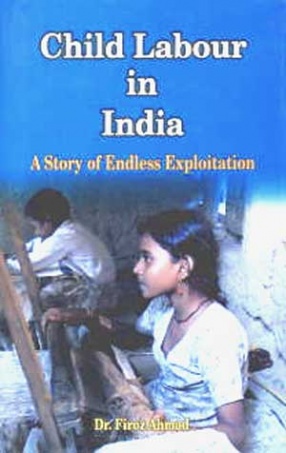The validity of Thenun's model has been tested at different spatial scales under various geographical conditions in several countries of the world including India. There is, however, hardly any study in India, which makes a comprehensive analysis of agricultural location in the rural hinterland around a market center for empirical testing of von Thenun's model of land use. The present book is commendable exception. Nearly 800 villages, distributed in 26 kms long hinterland around Jalandhar City in Doab region of Indian Punjab, have been divided into eight equidistant rings for empirical testing of von Thenun's land use model. The role distance from the market in geographical fashioning of agricultural land use around a city has been examined in a comprehensive and systematic manner. The right kind of questions, raised in the book, has been answered logically and comprehensively. The book divided into eight chapters examines the role of distance from the market in spatial organisation of land use intensity, cropping pattern, irrigation intensity, agricultural productivity, degree of commercialization of agriculture and dairy farming. The role of distance from the city was strongest in case of vegetable and fruit crops followed by density of dairy cattle, density of poultry birds and irrigation intensity in a sequential order. The distance of 12 kms seems to be the critical one in their case. In contrast, intensity of land use and intensity of cropping pattern were hardly influenced by the distance from Jalandhar City. Similarly, agricultural productivity and the distance from the city find positive rather than negative relation. Over the period, sugarcane has been more profitable crop than the paddy crop in the study area. In case of the former crop, the location of sugar mills, located in the seventh zone and the eighth zones, was more critical than the market centre. That is why; agricultural productivity has shown the highest values in money terms in these two zones, falling far from Jalandhar City. This well researched and documented book will be of interest to scholarly audience in geography, economics, sociology in addition to bureaucrats and policy planners, journalists, activities and an informed general audience.
Agricultural Location and the Market: Revisiting von Thunen in Indian Context
In stock
Free & Quick Delivery Worldwide
reviews
Bibliographic information
Title
Agricultural Location and the Market: Revisiting von Thunen in Indian Context
Author
Edition
1st ed.
Publisher
Regal Publications, 2009
ISBN
8184840148
Length
xxvi+146p., Tables, Figures
Subjects







There are no reviews yet.